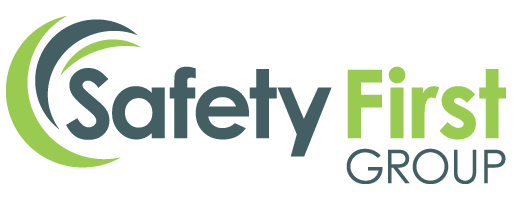The BOHS has recently launched their 2022 breathe freely campaign. This campaign aims to raise awareness of occupational lung disease, which in the UK causes ‘significant debilitating ill health’ and is also said to be responsible for around 13,000 deaths each year.
Breathe freely
The breathe freely campaign was launched in 2015 with the intention of raising awareness of occupational lung disease in the construction industry. This also includes the role that employers play in protecting workers’ health. Workplace health and safety regulations change frequently, so it is a good idea for businesses to get in to the habit of regular monitoring.
The BOHS breathe freely campaign opens up the discussion around the control measures to safeguard workers in construction. And, in particular, raising awareness of what is ‘the right thing to do’, not only for workers but for businesses also.
Occupational lung disease in manufacturing
The BOHS opened up their breathe freely campaign to include the manufacturing industry in 2017. Raising awareness of the likelihood of someone suffering from occupational lung disease in both industries is essential. Since workers are more likely to be exposed to chemicals, dust and fumes, this can mean life changing and long term health conditions. These can include:
- COPD
- Asthma
- Silicosis
- Cancer.
Over time, workers who are exposed to hazardous chemicals, breathe in small particles that make their way to the lungs. These particles build up and cause significant harm to the airway, throat and lungs which can then lead to long term ill health and sometimes death.
According to the HSE, an estimated 17,000 people who have worked in the last 12 months have breathing or lung problems caused or made worse by work.
Thankfully, there are measures that businesses can adhere to that safeguard employees against occupational lung disease.
Workplace regulations
According to the BOHS, welding is one of the top ten causes of cancer at work. In a previous blog about we looked at the effects of harmful dust and other particles from welding. It discussed how fumes from working as a welder can contribute to poor employee health. And it seems that this is the message that the BOHS wants to drive home, and rightly so!
Around 152 deaths per year come as a direct result of welding. This means that employers really need to up their game to ensure the correct controls and measures are in place to safeguard employees against long term health problems and death.
The statistics relating to occupational cancer cases in the construction industry are far more bleak. 5500 cases of occupational cancer are found per year, and 3500 deaths are as a direct result of exposure to asbestos and silica. This is why we all need to work together in order to protect the UK’s workforce.
Occupational exposure monitoring can help businesses in the manufacturing and construction industry to manage workforce exposure limits. By conducting regular sampling in the workplace, businesses can gain an accurate picture of whether exposure limits are safe. And, if sampling indicates highlights that staff are being exposed to hazardous levels of contaminants this is when a review of the current controls is needed.
Furthermore, prolonged contact with hazardous materials can cause dermatitis and chemical burns. So, whatever the method of contact, COSHH compliance can be an essential step in businesses achieving overall compliance for the workplace.
Whether this is through local exhaust ventilation (LEV) systems, air quality monitoring, or COSHH the necessity for thorough controls and measures is crystal clear.
So it really is essential to cover all bases when looking at regulation compliance, and the BOHS breathe freely campaign is just the tip of the iceberg!
Businesses need to implement a belts and braces approach to safeguarding employee health which not only protects the workforce, but has a direct impact on productivity, safeguards UK businesses and their employee health.
